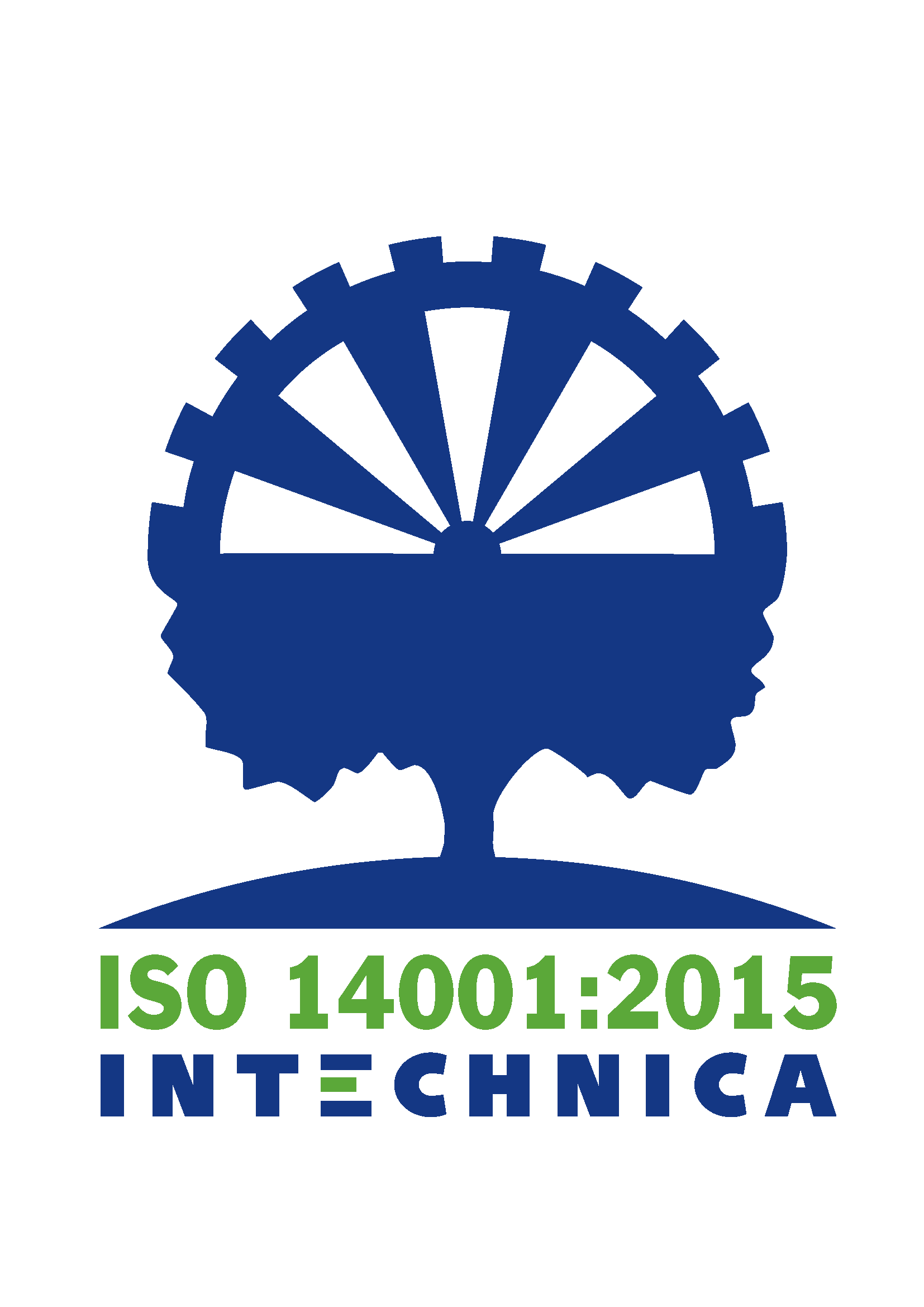The development and production of technical springs, such as tension springs and coil springs, is an important part of the production process for many companies. Especially in the prototype development phase, springs play a crucial role in testing and optimizing the functionality and performance of a product. In this comprehensive guide, we’ll look at the cost of prototype suspensions and help you understand the different factors that influence these costs.
The importance of prototype suspensions
When developing new products, it is crucial to create prototypes to test the functionality, stability and durability of the final product. This is especially true for springs as they play an important role in maintaining proper tension, spring force and spring constant. By using prototype springs, companies can ensure that their products meet the required standards and meet customer requirements.
The different types of technical springs
There are different types of engineering springs that can be used depending on the application and requirements. The most common types include tension springs, coil springs, compression springs and torsion springs. Each type has its own features and benefits that should be considered when selecting the right spring for your application.
Tension springs
Extension springs are used to create a pulling force when pulled apart. They consist of a wire wound in a spiral with eyelets or hooks at both ends. These springs are commonly used in applications such as doors, flaps and machinery.
coil springs
Coil springs are used to create a compression force when compressed. They consist of a wire wound in a spiral with flat surfaces at both ends. These springs are commonly used in applications such as chassis, shock absorbers and valves.
Compression springs
Compression springs are used to create a compression force when compressed. They consist of a wire wound in a spiral with flat surfaces at both ends. These springs are commonly used in applications such as switches, switches and locking mechanisms.
Torsion springs
Torsion springs are used to create rotational force when rotated. They consist of a wire wound in a spiral with flat surfaces or hooks at both ends. These springs are commonly used in applications such as door locks, swing doors and typewriters.
Factors affecting the cost of prototype suspensions
The cost of prototype suspensions can be influenced by various factors. It is important to understand these factors to make informed decisions during prototype development. Below we will explain the main factors that affect the cost of prototype suspensions:
Material
The material used is a decisive factor in the cost of prototype suspensions. Different materials, such as stainless steel or steel alloys, have different costs. It is important to select the right material for the specific needs of your application to optimize both performance and cost.
Wire diameter and wire thickness
The diameter of the wire used and the strength of the spring are also important factors that affect the cost. Larger diameters and stronger springs require more material and can therefore be more expensive. It is important to choose the right diameter and thickness for your application to optimize costs.
Spring constant
The spring constant indicates how much a spring is compressed or stretched under a certain load. Springs with higher spring rates may require more material and therefore may be more expensive. It is important to choose the correct spring constant for your application to optimize costs.
Geometry and design
The geometry and design of the spring can also affect the cost. More complex designs may require more material and more involved manufacturing, which can result in higher costs. It is important to choose the right design for your application to optimize costs.
Prototyping Method
The method used to produce prototype springs can also affect cost. There are different manufacturing methods, such as wrapping, grinding and heat treating, each of which can have different costs. It is important to choose the right method for your application to optimize costs.
Minimize prototyping costs: tips and tricks
When developing prototype springs, there are various ways to minimize costs. Here are some tips and tricks that can help you:
Material selection
Choose the right material for your application. Consider both performance requirements and costs.
Optimization of the design
Optimize the design of the spring to save material and manufacturing costs. Reduce complex shapes and choose simple geometries.
Choosing the prototyping method
Choose the right method for making prototype springs. Consider both the cost and the requirements for accuracy and functionality.
Collaboration with an experienced manufacturer
Work with an experienced engineering spring manufacturer who can help you optimize the design and select the right materials and prototyping methods.
Conclusion
The cost of prototype suspensions can be influenced by several factors including material, wire diameter, spring constant, geometry, design and prototyping method. It is important to consider these factors and develop strategies to optimize costs. By selecting the right material, optimizing the design, selecting the appropriate prototyping method and working with an experienced manufacturer, you can minimize costs while ensuring the performance and quality of your prototype springs. If you need more information or need help choosing a manufacturer, there are several resources available.









Leave A Comment